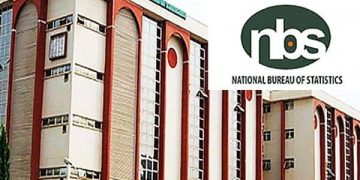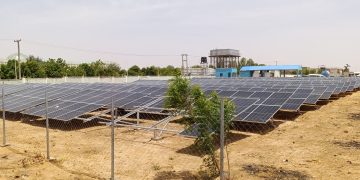Interest rates across Africa continue to reveal a striking contrast between economies battling inflation and those enjoying relative stability. The latest monetary data show that central bank policy rates on the continent range from as low as 1.75% in Seychelles to as high as 35% in Zimbabwe, underscoring the divergent economic realities shaping Africa’s financial landscape in 2025.
Countries with lower interest rates, such as Seychelles (1.75%), Botswana (1.9%), Morocco (2.25%), Cape Verde (2.5%), and Algeria (2.75%), reflect stable price conditions and well-anchored inflation expectations. These nations have been able to maintain modest borrowing costs due to disciplined fiscal management, effective monetary policy, and relatively stable exchange rates.
In North Africa, Libya maintains a lending rate of 3%, while Tunisia holds slightly higher at 7.5%, influenced by persistent inflationary pressures and external account imbalances. Egypt, facing continued currency challenges, now records one of the region’s highest benchmark rates at 22%, as policymakers work to contain inflation and stabilize the pound.
Across the Central African region, countries under the Central African Economic and Monetary Community (CEMAC) — including Cameroon, Central African Republic, Chad, Equatorial Guinea, Gabon, and the Republic of the Congo — have held policy rates steady at 4.5%. These unified rates reflect the region’s monetary coordination under the Bank of Central African States (BEAC). Similarly, Mauritius also maintains a 4.5% benchmark, signaling moderate inflation and stable liquidity.
In West Africa, members of the West African Economic and Monetary Union (WAEMU) — Benin, Burkina Faso, Guinea-Bissau, Ivory Coast, Mali, Niger, Senegal, and Togo — all maintain policy rates of 5.25%. This harmonized approach reflects the region’s commitment to collective monetary stability under the West African Central Bank (BCEAO).
Further east, Tanzania holds at 5.75%, balancing growth and inflation risks. Namibia and Mauritania have raised their rates slightly to 6.5% and 6.75%, respectively, while Rwanda and Eswatini (Swaziland) match this at 6.75%, showing cautious tightening in line with regional inflation trends.
In southern Africa, South Africa maintains a benchmark rate of 7%, emphasizing a balanced approach to inflation targeting and growth stimulation. Zambia, however, sits higher at 14.5%, as it continues to address exchange rate volatility and fiscal pressures following debt restructuring.
The middle-tier economies show varied responses to domestic pressures. Kenya raised its rate to 9.5%, reflecting continued inflation concerns, while Uganda maintains 9.75%, mirroring its neighbor’s cautious stance. Mozambique, after successive hikes, currently stands at 10.25%, while Sao Tome and Principe also records 10%.
Among the higher brackets, Burundi and Madagascar stand at 12%, South Sudan at 13%, and Ethiopia at 15%. Liberia’s benchmark rose from 16.25% to 17.25%, reflecting efforts to contain inflation. The Gambia remains steady at 17%, while Congo (Brazzaville) saw a significant increase to 25%, indicating acute inflationary pressures.
Sierra Leone, with rates between 18.75% and 21.75%, and Angola, rising from 19% to 19.5%, are also navigating post-pandemic and commodity-driven price challenges. Ghana, which saw one of Africa’s steepest monetary policy adjustments, moved from 21.5% to 25% amid persistent inflation and currency weakness.
At the extreme end, Malawi’s 26% and Nigeria’s recent adjustment from 27% to 27.5% highlight aggressive monetary tightening to tame soaring prices and currency instability. Zimbabwe, with the continent’s highest rate at 35%, continues to battle hyperinflation and exchange rate volatility.
This wide variation in policy rates across the continent reflects the complex interplay between inflation, exchange rate management, and economic growth objectives. While low-rate economies seek to encourage credit and investment, high-rate nations are focused on defending currencies and curbing inflationary spirals.
Analysts note that as global monetary conditions ease, African central banks may begin a gradual shift toward rate normalization. However, for many economies still struggling with inflation and debt vulnerabilities, high interest rates remain a necessary safeguard for macroeconomic stability.



















































